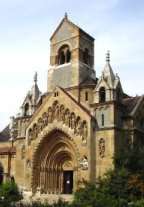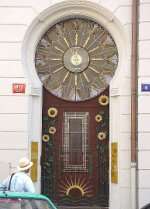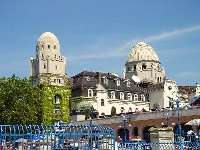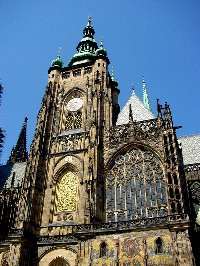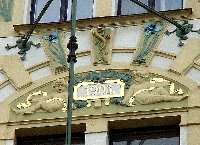Humanities, East Campus
|
Discovering Poland It has been close to a year, but the memories of our experience in Budapest, Prague, and Krakow are vivid. Dinner on the Danube, lunch beneath Josef Wenig's murals in the French Restaurant at the Municipal House, and wine with “Don Giovanni” where Mozart’s great work premiered, are only a few unforgettable moments from our trip. Scholarship, immersion in history and beauty, and lots of laughter combined to create an extraordinary Institute. Of particular interest for my institute project was the new perception I gained from our side excursion to Poland. Prior to this visit, my image of Poland was grim: Nazi tanks lumbering across the plains; scenes of starvation in the Warsaw ghetto; the grim face of Soviet oppression. These are visions that crowded my imagination as I pondered the centuries of suffering that were evoked by the name Poland. Before I began reading preparation for our visit, my studies of Poland had focused on partitions, invasions, and, in general, victimization of the country. My studies of the Holocaust, moreover, taught me that Poland was synonymous with fanatic Catholics — ignorant, anti-Semitic, and intolerant. My awakening to another Poland began before our trip—with the reading of Adam Zamoyski’s The Polish Way. This captured my heart and mind more fully than any other text we were assigned to read. Fascinated with the idea that Poland enjoyed a Renaissance as vibrant and splendid as Italy, I was interested, therefore, in integrating new material into my Renaissance studies class. A few days in Krakow and many books later, I now have an abundance of themes and images of Renaissance Poland that I draw upon in my classes, including 1. the development of Krakow as a cultural center and the founding of its great university; and 2. the flourishing of humanism in Poland and its expressions in literature, architecture, and social realities of the 15th and 16th centuries. The inclusion of this rich material has served to widen the focus of our discussion across cultures and to deepen students’ appreciation of Renaissance humanism. |





